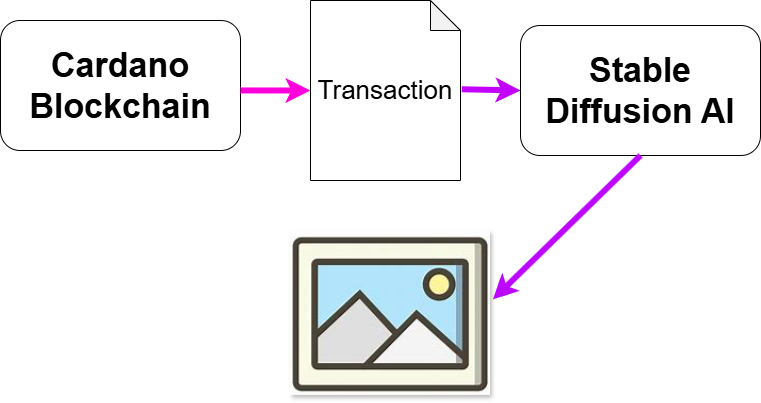Prompt Engineering
-

And how to order a cheeseburger with an LLM
28 min read -

Retrieval-Augmented Generation (RAG) is a powerful technique that enhances language models by incorporating external information…
7 min read -

As a Developer Advocate, it’s challenging to keep up with user forum messages and understand…
10 min read -

Use LangGraph, mlx and Florence2 to build an agent that answers complex image questions, with…
22 min read -

Using LLMs to create artistic representations of data
8 min read -

Comparing different techniques for reasoning
26 min read -

You decided to employ generative AI at your company and have already conducted initial experiments…
9 min read -

How to emulate OpenAI’s system prompt generator functionality
11 min read -

An introduction using no-code solutions
8 min read